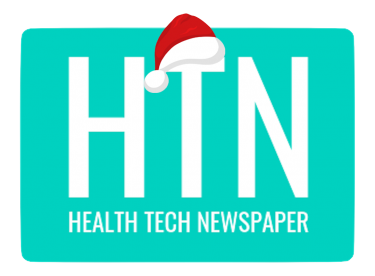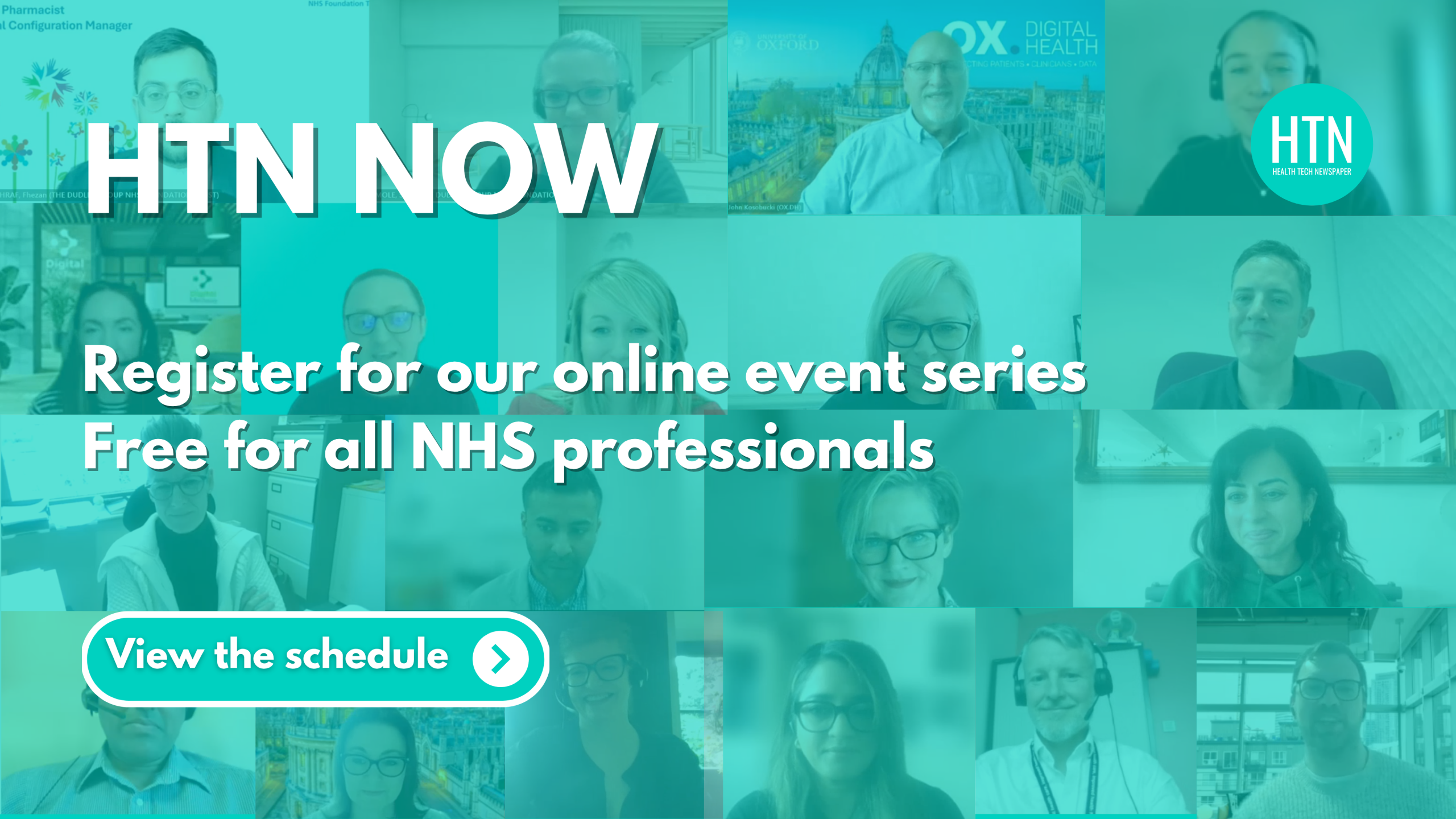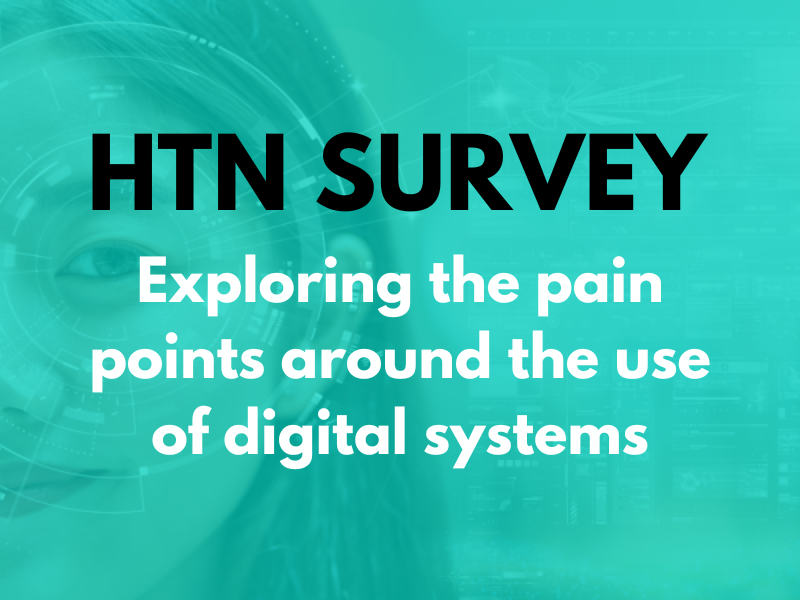For a recent HTN Now webinar, we welcomed Saj Kahrod, assistant director for the National Blueprinting Programme at NHS England; and Kelsey Dunning, resuscitation officer at South Tyneside and Sunderland NHS Foundation Trust, and project lead for Enabling Effective Learning Environments: Digital Placement, Enhancement and Expansion with Virtual Reality.
Saj began by highlighting the blueprinting programme, stating, “it’s part of the digital transformation function within NHS England. It’s there to support healthcare organisations who are less digitally mature to deliver quicker, more effective digitisation, by sharing a collation of knowledge assets known as a blueprint.”
Saj also shared details of the three different blueprint types available within the blueprinting library: a full blueprint, a blueprint on a page, and a strategic, multi-organisation blueprint; which offer varying levels of insight and detail into each programme and its technicalities.
Enabling effective learning environments: digital placement, enhancement and expansion with virtual reality
After introducing the project developed by the Nursing, Midwifery, and Allied Health Professional team, Saj then handed over to Kelsey, who gave a brief overview of how her team created a virtual reality learning programme to help students with their “experience, clinical judgement and decision-making skills”.
Kelsey explained some of the thinking behind the development of the project, including increasing undergraduate student nursing capacity as part of the NHS’s long-term plan. She went on to say, “the virtual reality sessions can hold more students than a simulation, so we could increase the number of attendees with the same interactive benefits”. Kelsey also expressed how important it was to “make sure that the sessions are relevant and adhere to university and NMC educational standards”, as well as the necessity to “contribute to patient safety and knowledge acquisition”.
The project was led by a team of nurses, along with Kelsey, and practice placement facilitator, Adam Remmer. Kelsey explained how she would liaise with the many different programme leads in local universities, including adult nursing, learning disability, mental health, midwifery, radiography, occupational therapy and physiotherapy, to find out if the project would be useful for their students. “From there, I developed an educational programme that was tailored to the individual undergraduate student’s profession and their competencies,” Kelsey said.
Aims of the project
The project had a number of aims, including clinical placement expansion; exploring new digital ways of working; developing quality virtual placements for the recruitment of students into the future workforce of the trust; increasing the overall number of placement hours available to multi-professional learners; aiding in competency achievements; promoting the development of inter-professional learning in patient safety; linking theory to practice; and ensuring the teaching of skills to develop students into competent registrants.
As part of meeting these aims, Kelsey first found support for the project, stating: “I had a meeting with some of the nurse leaders and the lead paramedic lecturer from Sunderland University, and they were onboard with the sessions I’d developed and thought the students would be able to achieve competencies from the sessions.”
The VR equipment
Moving on to discuss the virtual reality equipment, Kelsey shared a picture of the device known as the HoloLens 2, which goes over the head with a clear glass in front of the eyes. The device is designed to immerse a student into a real-life scenario which Kelsey said creates “a safe learning environment where the students can make mistakes without impacting patient safety”. Kelsey also added how the HoloLens 2 can “help with communication, rationalisation, and critical thinking, regarding deteriorating patients”.
The next image Kelsey shared was of the RealWear device which works as a live-streaming tool that “demonstrates clinical procedures over a secure network via Teams, and is streamed to students on trust property”. When discussing the benefits of using this VR technology, Kelsey commented that it “allows for hard-to-view placement areas such as C-sections in theatres to have more visibility; and allows students to view different real-life cases and any issues that could happen, as well as expanding their knowledge of potential working areas post-graduation”.
Later on in the webinar, we were also shown some examples of what the students would experience in the sessions when utilising the equipment, with Kelsey explaining how the practitioner wearing the headset can talk through the procedure they’re working on at the time, ensuring “the students get real-life experience”. She commented on how much more beneficial this was when it came to reaching a wider audience, saying, “it opens up so many different opportunities for a variety of students”. Using the C-section as an example, she expressed how the students “aren’t just learning about the C-section, but also about anatomy and physiology, as well as possible side effects and symptoms”.
When talking about how unique the project was at the time of development, Kelsey said that “other trusts have used virtual reality as a teaching opportunity; but as far as I was aware when I was developing this, there was no other trust that had developed it as a continuous learning experience, although that could have changed since.”
The process
“It took about six months to get everything in place,” Kelsey shared, “because the funding was received by the NHS England EELE team, and then we got the procurement of the equipment.” From this point, discussions with the nursing programme leads regarding the feasibility and structure of the programmes took place, and Kelsey requested student competency booklets to analyse and help plan the sessions.
Other steps included data protection impact assessments, gaining information governance approval and IT calibrating the headsets, which ultimately led to Kelsey setting up the lesson plans and recruiting the students to take part. “We got some good responses from the students when we delivered the sessions,” Kelsey commented.
How the sessions worked
When looking at the success of the project and how the sessions worked, Kelsey explained: “The sessions consisted of theoretical presentations that correlate to the virtual reality and live-streaming, so the students would be able to apply the theory to practice.” After the theoretical presentation, there was an opportunity for practical experience with the HoloLens 2, a group evaluation, and time to fill out a self-reflection form.
Rachel O’Connor, midwife at South Tyneside and Sunderland NHS Foundation Trust, worked alongside Kelsey on this project and added more detail on the structure of the sessions, commenting that “it would take 2-3 members of our team to roll out a session. We’d have somebody sitting with the students explaining what’s going on and answering any of their questions, a facilitator like myself in the clinical area, doing things like cleaning down the headsets. And then there was the follow-up with the patient afterwards, making sure all our information was correct.”
One of the key aspects of the sessions was its level of inclusivity, which incorporated all learning styles, accessibility for wheelchair users, as well as, “equitable knowledge and skills development to ensure education for all”. Kelsey also outlined the importance of “promoting open dialogue of questions, reflection, debate and teamwork to empower the students to express their thoughts in a safe and non-discriminatory manner”.
When looking further into the project’s capabilities and adaptability, Kelsey told us how “it’s fully mobile, so we’ll be able to take it anywhere within the trust, to suit any healthcare workers, including midwives, allied health professionals, paramedics, and doctors.”
In total, there were six sessions with four hours given to each and 90 students in attendance; with 360 placement hours made available as a result. When discussing the results, Kelsey noted that “99 percent of the students said they were either satisfied or extremely satisfied with the learning experience,” with the same number agreeing that the sessions correlated to their own learning outcomes.
Looking ahead
Finally, Kelsey ended her presentation by looking towards the future, which to her included, “further development of the programme by expanding the content of the sessions and trying to get in more practitioners to come and help”. She also added how she hoped those working on the project would “continue liaising with the universities and developing evaluation reports to enhance changes to the programme and make it a bit more streamlined”.
Since Kelsey’s sessions came to an end, there have already been changes within the project, Rachel outlined. “We’ve updated some guidelines and done some sessions on neonatal checks before babies go home. There’s a new guideline that says all student midwives need to be competent at NIPE checks at the point of qualification, and it’s very difficult to get that experience before they qualify. But with this technology, we could group together midwifery students for them to watch and observe multiple NIPE checks.” Rachel also explained the benefits of the VR tech, stating that “seeing it from the eye-level of a practitioner and hearing the feedback during the check, means they’ll receive a better experience, with the students learning things they wouldn’t normally have learned”.
We’d like to thank all of our panellists for their time in sharing this project with us.





